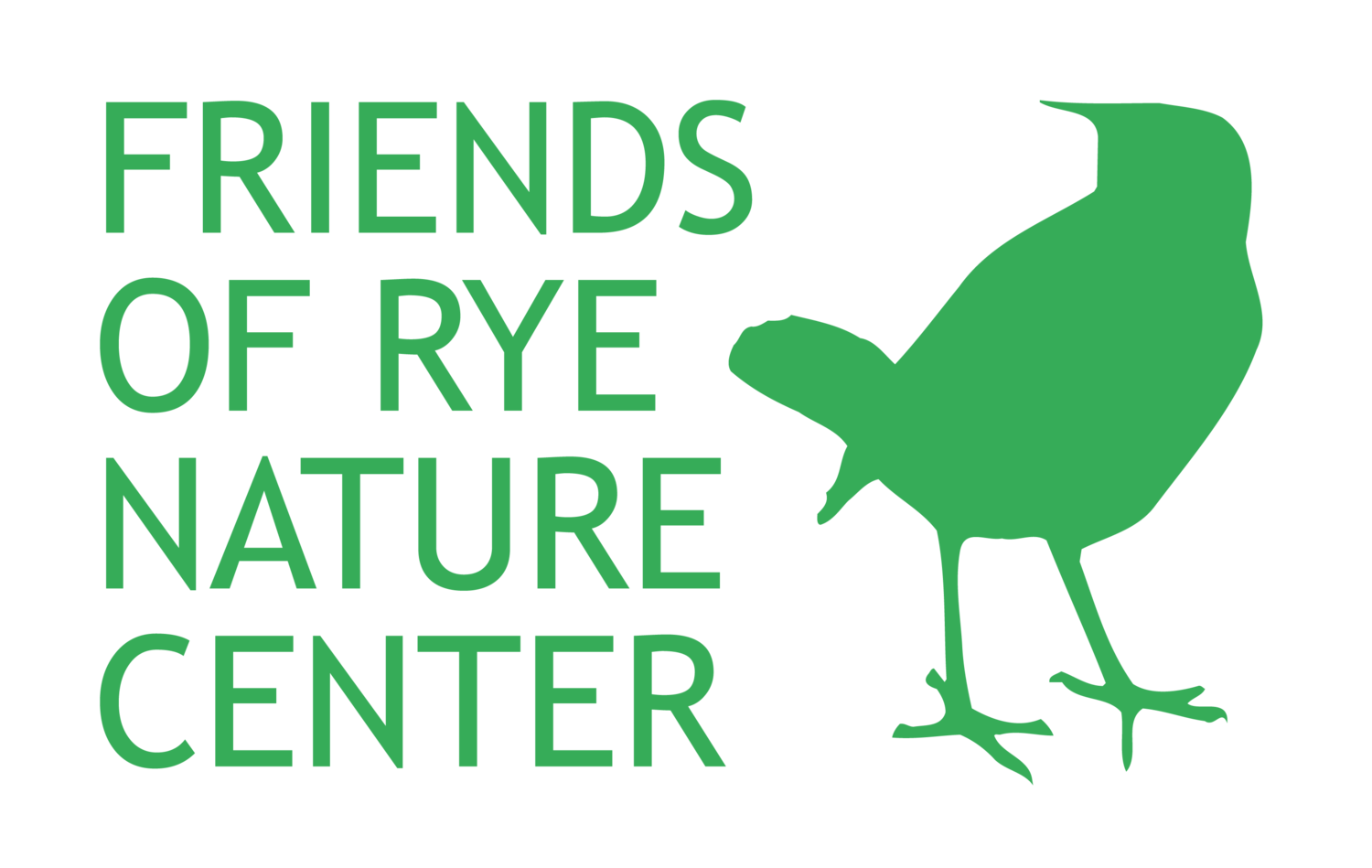This year has been a busy one for our conservation team! Take a look at what they’ve been up to.
PLANTS, PLANTS, and more plants!
Here are just 7 of the 28 different plant species planted this year!
Photo Credit: Foamflower: provenwinners.com, Maidenhair fern: sparrowhawknativeplants.com, Boneset: gardensoftheblueridge.com, Paw paw: nps.gov, Staghorn Sumac: hammarlundnursery.com, Monkeyflower: plantsforponds.co.uk, Virginia sweetspire: piedmontmastergardeners.org/article/virginia-sweetspire
Prepare for (Soft) Landing!
A caterpillar hatches in an oak tree. It munches for a while on the oak leaves, and then, when it’s had its fill, it drops from the tree. If the tree stands over a sidewalk, or even hard ground, the caterpillar will likely die on impact. Splat.
This year, our conservation team decided to stop the splat! They created soft landing areas for the caterpillars within the Nature Center’s deer exclosure. The conservation team planted understory trees and ground cover, which give the caterpillars soft leaves to land on, as well as food to eat after they land.
To learn more about why soft landings are important, click here. To get started creating a soft landing in your own yard, click here.
Jumping for joy? Not this worm!
The conservation team is also working to keep Asian jumping worms off the Nature Center grounds. Asian jumping worms are an invasive species quickly spreading across the United States.
Photo Credit: Jeanine Farley, Cambridge Day
The more prevalent invasive species of earthworm, European nightcrawlers, are less destructive than Asian jumping worms. Asian jumping worms grow, reproduce, and eat more quickly. Their rapid consumption is a serious threat to native ecosystems, because it eliminates the layer of organic material necessary to foster seedlings and wildflowers. Asian jumping worms also damage plant roots and spread invasive plant seeds. Asian jumping worms have started displacing European nightcrawlers, with their aggression and rapid reproduction giving them an edge over other worm species.
To combat Asian jumping worms at the Nature Center, our conservation team uses a mixture of mustard and water, which forces the worms out of the ground so that the FRNC staff can catch them. You can learn more about Asian jumping worms here.
Our conservation team and numerous volunteers keep the Nature Center the beautiful haven we all know and love, and their work deserves to be celebrated! Thank you to everyone whose hard work contributes to FRNC’s commitment to conservation.



